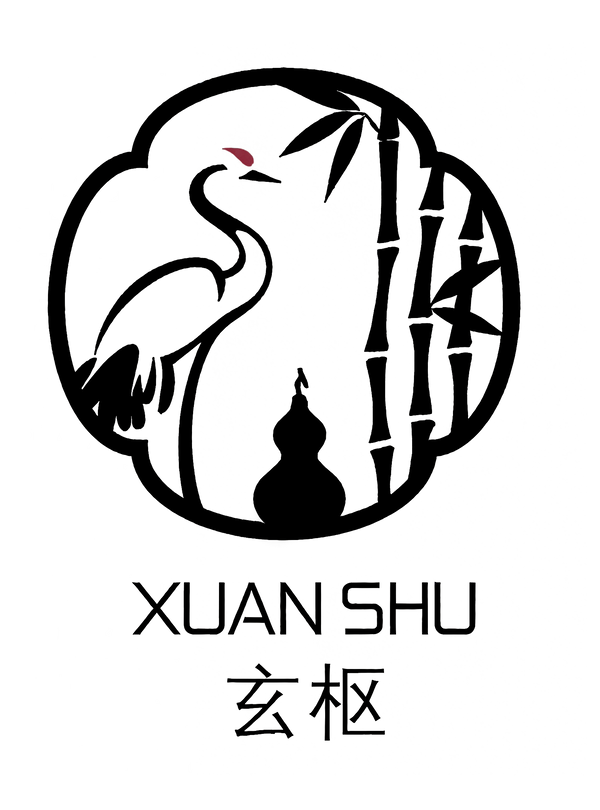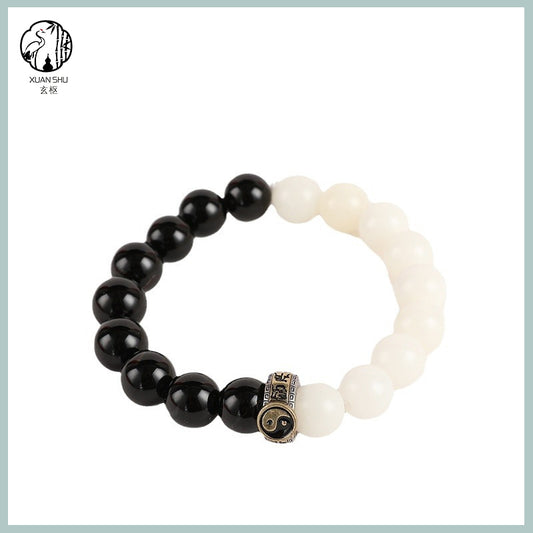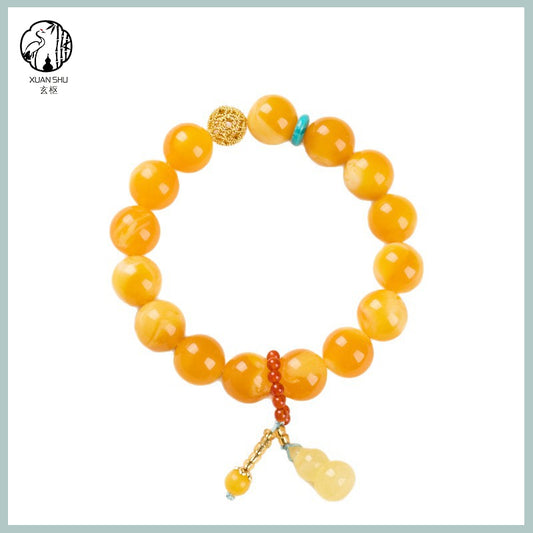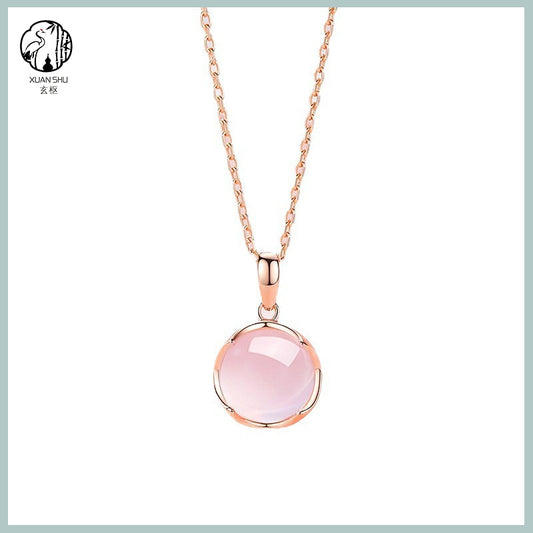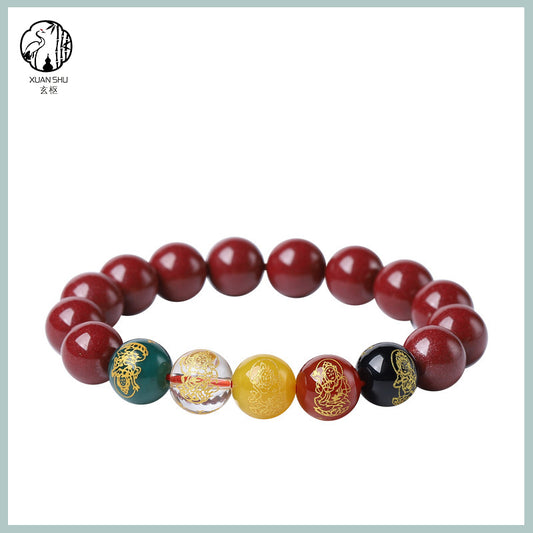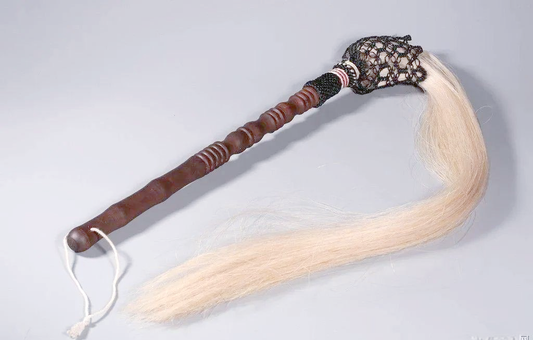What Is The Meaning Of Fish Symbolism In Chinese Culture?
In the vast river of Chinese culture, the fish is far more than an ordinary creature—it is a powerful symbol carrying deep cultural codes. From the painted pottery of the Neolithic era to the New Year’s Eve dinner table, from Zhuangzi’s philosophical allegories to auspicious motifs in folk New Year prints, the image of the fish has always swum through both the material life and spiritual world of the Chinese people. It is a symbol of abundance and a metaphor for transcendence; a bearer of worldly hopes and a vessel of philosophical thought.

Fish and Abundance: Secular Ideals in Homophonic Culture
In traditional Chinese culture, the fish has long been cherished largely due to its unique role in homophonic symbolism. The word for "fish" (鱼 yú) sounds identical to the word for "surplus" or "abundance" (余 yú), making it a natural emblem of the popular New Year’s wish: "May you have abundance year after year" (年年有余). During Spring Festival, especially in northern China, a whole fish dish is a must on the New Year’s Eve dinner table. It is customary to leave the head and tail uneaten, symbolizing surplus and completeness throughout the year. In the Jiangnan region, often praised as a "land of fish and rice," the association between fish and agricultural abundance is even more deeply rooted.
This homophonic tradition has been richly expanded in folk culture. The goldfish (金鱼 jīnyú), with "gold" (金) in its name, combines with "jade" (玉) in artistic motifs to represent "gold and jade fill the hall" (金玉满堂), a wish for wealth and prosperity. The silver carp (鲢鱼 liányú) sounds like "year after year" (连年), conveying hopes for continued peace and good fortune. The carp (鲤鱼 lǐyú) is phonetically close to "profit and surplus" (利余), subtly expressing blessings for good luck and success.
These clever linguistic plays vividly reflect ordinary people’s aspirations for a better life and their creative means of expressing them. In this way, the humble fish has come to embody rich cultural meaning far beyond its physical presence.
Fish and Fertility: A Totem of Vitality
In traditional Chinese culture, the fish has long been associated with fertility and the reverence for life due to its strong reproductive capacity. From the fish-human motif painted on Neolithic pottery unearthed at the Banpo site, to the widely popular folk New Year prints depicting "Carp Bringing a Child" (鲤鱼送子), fish have consistently symbolized the continuation of life. These cultural artifacts vividly express the early people's earnest hopes for the survival of their clans and the folk belief in the blessing of many children and abundant fortune.
Beyond its biological vitality, the image of the fish has also evolved into a spiritual totem of perseverance and personal aspiration. The legend of the “Carp Leaping over the Dragon Gate” (鲤鱼跃龙门) links the carp’s upstream struggle with the dreams of upward mobility for scholars from humble backgrounds during the imperial examination era. This symbolic story still inspires students today—during college entrance exam season, carp-themed dishes, representing the hope of academic success, appear on countless dinner tables across China. It has become one of the most distinctive examples of food symbolism in Chinese culture.
From fertility worship to the pursuit of scholarly honor, the cultural meaning of fish has transcended from collective continuity to individual striving, reflecting the enduring life force at the heart of Chinese civilization.
Fish and Philosophy: Embodiments of Daoist Freedom and Buddhist Compassion
In traditional Chinese philosophy, the fish is endowed with meanings that transcend the material realm. The famous debate between Zhuangzi and Huizi on the Hao River—centered around the phrase “You are not a fish, how do you know the joy of fish?”—elevates the image of swimming fish into a Daoist symbol of spiritual freedom. In this context, the fish is no longer a meal on the table but a living metaphor for the “carefree wandering” (逍遥游)—a state of transcendence and liberation from worldly constraints.
In Buddhist culture, the fish is infused with a compassionate and moral dimension. The fish swimming freely in temple release ponds represent the Buddhist precept of not taking life and the practice of compassion for all sentient beings. The figure of Fish Basket Guanyin uses the fish as a symbol of the Dharma’s pure, flowing nature—capable of cleansing the mind of greed, anger, and ignorance, the three poisons in Buddhist thought.
From Daoist freedom to Buddhist mercy, the fish undergoes a transformation from a biological creature to a spiritual emblem, reflecting Chinese culture’s profound philosophical and religious reflections on the nature of life.

Fish and Art: Aesthetic Expression from Objects to Poetry and Painting
The cultural symbolism of fish has long been refined by generations of Chinese artists into enduring aesthetic icons. The intricate and lively fish-and-aquatic-plant motifs on Song dynasty porcelain symbolize smooth progress and harmony, often interpreted as the idiom “like a fish in water.” In contrast, the wide-eyed, solitary fish painted by Bada Shanren reflect the sharp irony and inner turmoil of a loyalist painter responding to the harsh realities of his time.
In poetry, fish become vessels of emotion and imagery. The Han folk ballad “A guest comes from afar, bringing me a pair of carp” conveys affection through fish as a symbolic gift. Li Shangyin’s verse “Fish leap in the clear pond, orioles sing beneath the green trees” captures vivid scenes of nature through the graceful movement of fish.
In folk art, the fish becomes a joyful presence: children riding carps in Yangliuqing New Year prints, symmetrical twin fish in paper cuttings, fish-shaped roof tiles "swimming" beneath the eaves of homes. These tangible, everyday representations transform abstract cultural meanings into forms that can be seen, touched, and lived.
Fish in the Five Elements
In Chinese Five Elements philosophy, fish hold a unique position. Their aquatic nature embodies the Water element, which interacts with the other four elements—Wood, Fire, Earth, and Metal—in a dynamic cycle of generation and restraint, forming a complete symbolic system. As the representative of Water, fish have long been seen as emblems of wealth and wisdom; the saying "like a fish in water" originates from this belief. The goldfish, with the word "gold" (金) in its name, symbolizes the prosperous relationship between Metal and Water. The classic motif of fish swimming among lotus leaves illustrates the natural harmony between Water and Wood.
In daily life, the connection between fish and the Five Elements is everywhere. Cooking fish over fire reflects the culinary wisdom of balancing Water and Fire. Pottery decorated with fish patterns demonstrates the generative relationship between Water and Earth in traditional craftsmanship. In feng shui, the placement of aquariums is carefully considered to maintain elemental balance.
Modern society continues to draw upon this wisdom—business names and ecological campaigns often incorporate fish as symbols of harmony and renewal. Moving fluidly through the Five Elements, the fish not only embodies the Water element’s role as the source of all life, but also expresses the Chinese art of harmonizing yin and yang in everyday living.
Epilogue: A Cultural Symbol Swimming into the Future
As a fish swimming through the long river of Chinese culture, I have witnessed my own remarkable transformation—from a dish on the table to a symbol of the spirit. For thousands of years, my image has flowed from painted pottery into ink and brush paintings, leapt from New Year’s feasts into poetry and song. I have evolved from the simple wish of “abundance year after year” to the lofty ideal of “carp leaping over the dragon gate.”
Today, I still move freely through all corners of modern life—companies name themselves after me, hoping for smooth success “like a fish in water,” and environmental groups use me as a metaphor to promote ecological balance. I am the viral “koi fish” emoji in your phone, and the deconstructed motif in contemporary art galleries.
The river of culture flows endlessly, and I will continue to swim with ease through the tides of tradition and modernity. For I know that as long as the Chinese people continue to long for a better life, I—the cultural fish that carries a millennium of wisdom—will always find new waters to call my own in this ever-evolving era.
